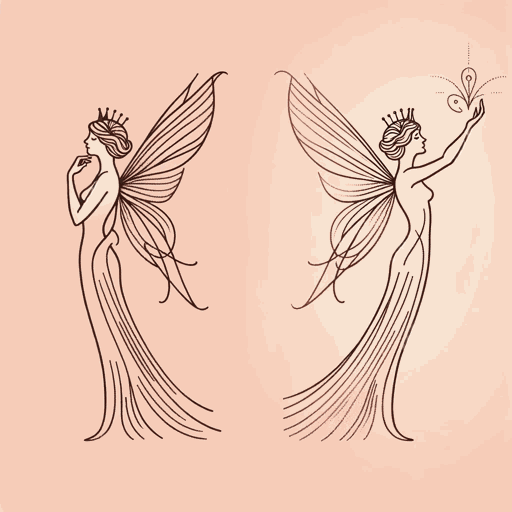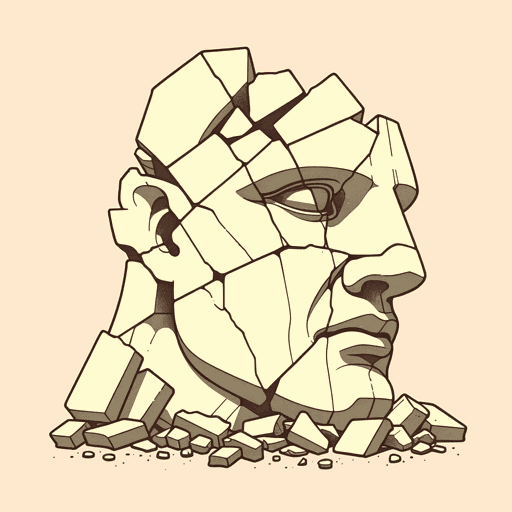17 pages • 34 minutes read
Percy Bysshe ShelleyOzymandias
Fiction | Poem | Adult | Published in 1818A modern alternative to SparkNotes and CliffsNotes, SuperSummary offers high-quality Study Guides with detailed chapter summaries and analysis of major themes, characters, and more. For select classroom titles, we also provide Teaching Guides with discussion and quiz questions to prompt student engagement.
Poem Analysis
Analysis: “Ozymandias”
The poem opens with the speaker meeting an unnamed traveler from an unnamed ancient land. While the scenario suggests an air of timelessness and mystery, it also establishes that this traveler is likely no one special, as the speaker does not think it important to identify them. Ozymandias’s monument is intended for the “mighty” to see and be jealous of, but now its only witnesses are nobodies.
The traveler first describes the most striking features of the statue still standing: two great legs, fixed upright in the sand. While the legs are massive and intimidating, they also lack any identifiable features. They could belong to anyone—likely the opposite of the effect Ozymandias was trying to achieve. The legs are “trunkless” too (Line 2)—this statue could not be reassembled. Time has completely dismantled its “human” body, not unlike the decay that afflicts corpses. At first, we even think the legs might be all that remains of the monument; Shelley bisects Line 3 with a strong pause, suggesting that the traveler saw the legs first, then a long span of sand, before finally spotting the head.
The head is half sunk in the sand, its face—the most identifying and personal feature of the body—“shattered” by time (Line 4).
Related Titles
By Percy Bysshe Shelley

A Defence of Poetry
Percy Bysshe Shelley

Adonais
Percy Bysshe Shelley

Alastor; or, The Spirit of Solitude
Percy Bysshe Shelley

Mont Blanc: Lines Written in the Vale of Chamouni
Percy Bysshe Shelley

Mutability
Percy Bysshe Shelley

Ode to the West Wind
Percy Bysshe Shelley

Prometheus Unbound
Percy Bysshe Shelley

Queen Mab: A Philosophical Poem
Percy Bysshe Shelley

The Masque of Anarchy
Percy Bysshe Shelley

The Triumph of Life
Percy Bysshe Shelley

To a Skylark
Percy Bysshe Shelley

